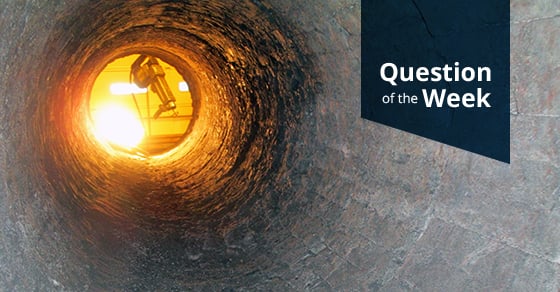Cycling and chemical incompatibility are the two main causes of refractory failure in a rotary kiln.
Cycling
Cycling is the heating up and cooling down of a rotary kiln, and it is the largest source of refractory failure.
Refractory expands with the kiln as it is heated, and retracts when the kiln is cooled. If the kiln is constantly being turned on and off, or if it is heated and cooled too quickly, the refractory can become stressed and then crack.
To maximize the life of the refractory, shutdowns should be kept to a minimum. The kiln should also be gradually heated and cooled.
Chemical Incompatibility
Chemical incompatibility is another source of refractory failure. Simply stated, refractory may not be able to tolerate certain chemicals.
The kiln designer should know the material to be processed at the forefront, so they can choose the compatible refractory, and thus reduce the potential for unwarranted wear.
Experts in kiln design like FEECO can select the best refractory to meet the demands of the given application. Our team of Customer Service Engineers also offer routine inspections to help detect refractory issues. When refractory is installed and used, it is important to catch any problems early to minimize the potential for damage.
For additional information, download our rotary kiln e-book, or contact FEECO today!


